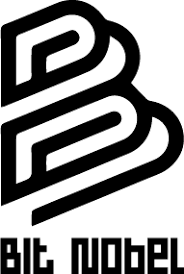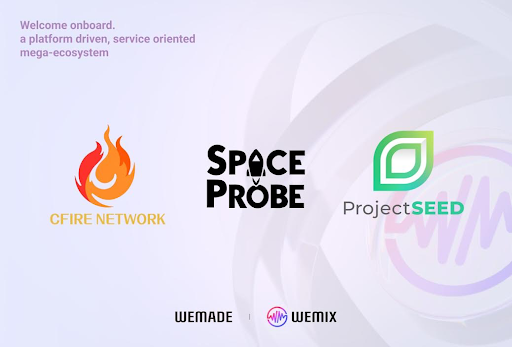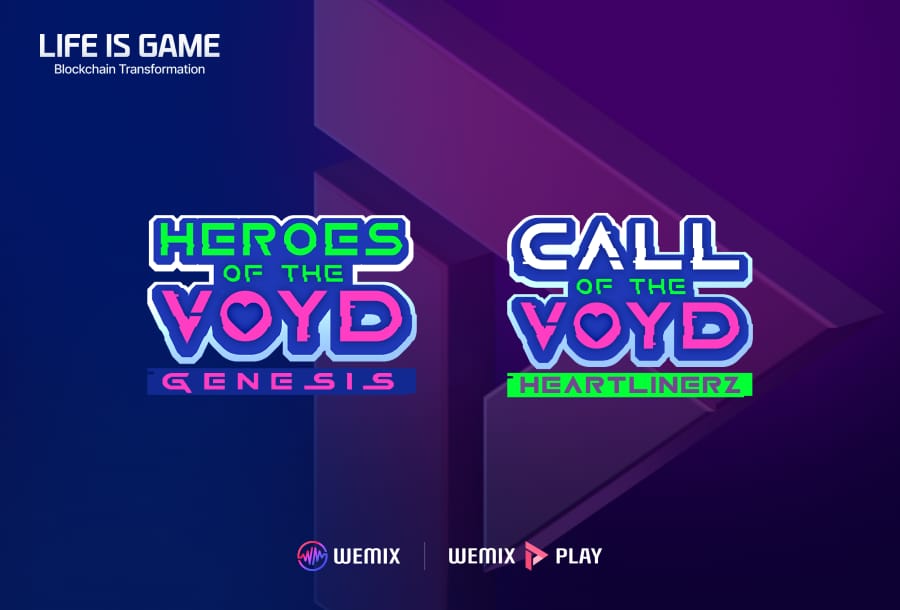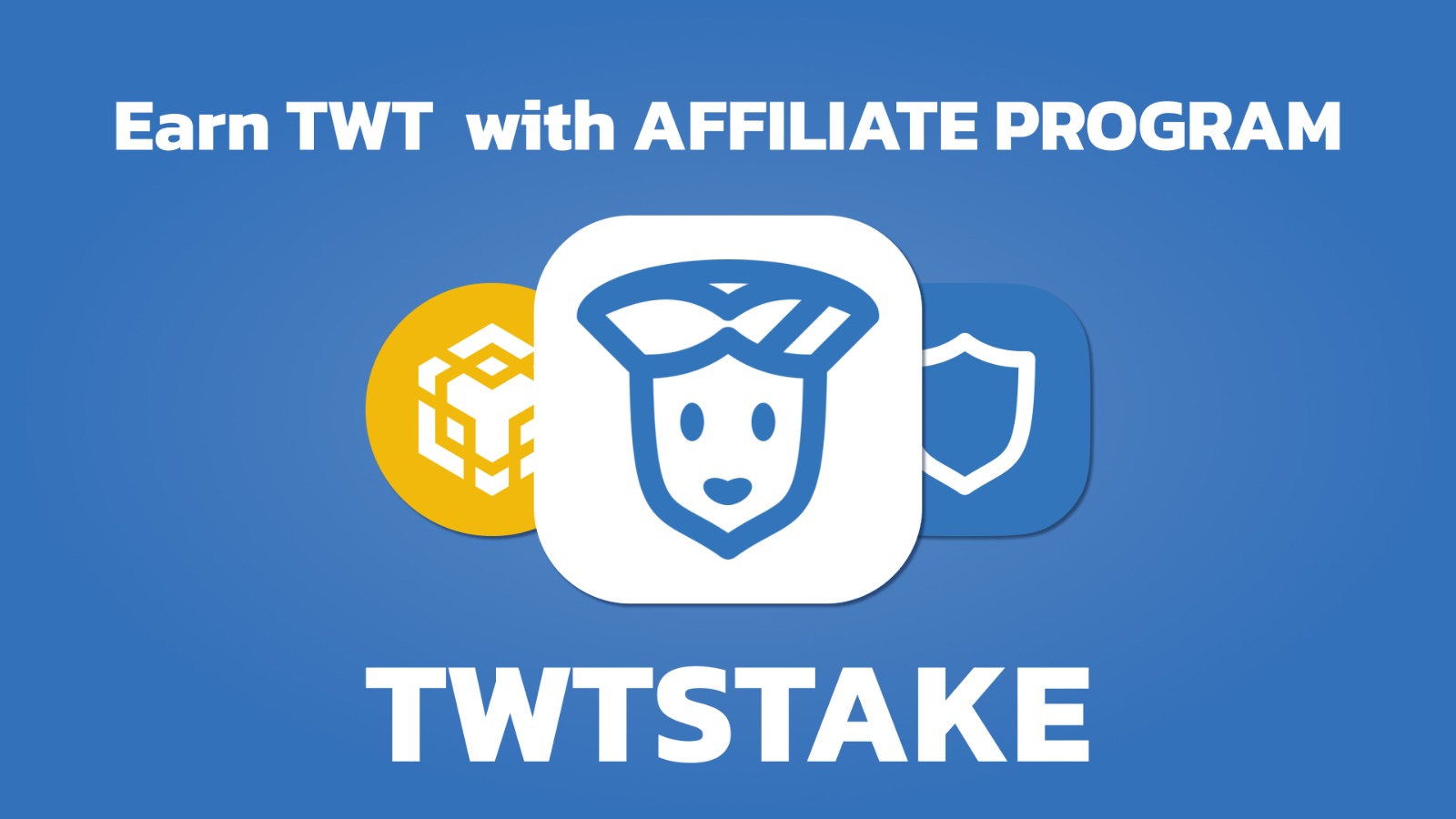The introduction of a yen stablecoin by MUFG aims to reshape corporate liquidity and payments. This report examines MUFG’s Progmat platform and its potential to streamline corporate settlements for multinational firms.
What is MUFG’s Progmat coin platform and the yen pegged stablecoin?
How does the MUFG stablecoin platform operate?
MUFG’s Progmat platform is being positioned as an infrastructure to support a yen-pegged stablecoin and related token services. The design targets joint issuance with banks to anchor the token to the yen and provide banking-grade custody and settlement rails.
The project intends to create interoperable payments between corporate ledgers and bank systems, enabling faster settlement cycles; detailed operational timelines are to be confirmed.
Watch for official platform announcements from MUFG for rollout dates and supported networks.
MUFG’s Progmat platform aims to issue a yen-pegged stablecoin to integrate bank rails with tokenised corporate flows.
Which institutions will issue this japanese bank stablecoin and what does a bank backed stablecoin mean?
Who are the participants and what is joint issuance?
Reports indicate that three major Japanese banks plan a joint issuance model to share liability and liquidity provisioning; see our detailed coverage of the Nikkei report for context here.
Joint issuance across banks is intended to give the token the regulatory and credit backing associated with a bank backed stablecoin.
That structure seeks to standardize corporate settlements by offering a single, bank-governed token for payments and accounting. Note: market adoption depends on regulatory clarity and bank governance arrangements.
Three major Japanese banks pursuing joint issuance would create a bank-backed yen token to standardize corporate settlements.
Can this support corporate crypto settlements and stablecoin cross border payments for multinational firms?
Will interoperable payments reduce transaction costs for firms?
The ambition is to enable corporate settlements that are interoperable across payment networks, reducing transaction costs and reconciliation time for multinational firms. By connecting bank rails to token transfers, treasury operations could become faster and more auditable.
For multinational firms, the model promises simpler cross-border liquidity management and lower friction in corporate crypto settlements, but practical interoperability with foreign rails remains to be proven.
Examine case studies such as the Binance Japan–MUTB collaboration for practical lessons on bank–exchange partnerships here.
In advisory contexts, tokenised, bank-backed rails have shown improved reconciliation and liquidity handling in pilots.
Regulatory scrutiny is intensifying: the Financial Services Agency’s policy page (accessed 15 April 2024) outlines prudential controls and governance expectations for stablecoin issuance FSA. MUFG describes Progmat and related initiatives on its corporate site MUFG.
The platform targets interoperable payments and lower transaction costs for multinational firms, while real-world cross-border integration remains to be demonstrated.







